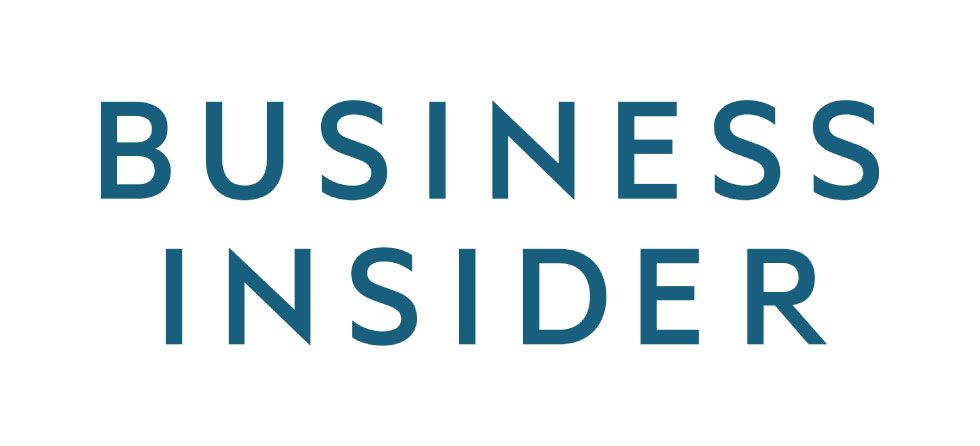
Smarter Directors and Officers Liability (D&O) Insurance
Save up to 35% on your management liability insurance coverage
As Featured In
Rated 5 stars





As Featured In





Rated 5 stars
What makes Foxquilt different?

Tailored To Your Business

Create Your Policy In Just A Few Taps

Only Pay For What You Need
Rated 5 stars by business owners
See why other business owners, just like you, love Foxquilt's smarter coverage, 5-star service and insurance built for them.

Purchasing my small business insurance policy through Foxquilt was a BREEZE! My documents were sent to my email within minutes of my purchase. Thank you for making insurance easy for me!read more

Super impressed. Very user friendly site/application. Had my insurance policy within an hour! Super happy with the price, policy, coverage and overall serviceread more

Best customer service ever! Fair prices. Easy to understand and easy to access and navigate. Hands down, LOVE Foxquilt!read more

Save up to 35% on smarter business insurance for Management Liability (D&O)
What is Directors and Officers Liability Insurance for Businesses?
There are three different types of directors and officers liability insurance, known in the insurance world as ‘Side A,’ ‘Side B,’ and ‘Side C.’
Side A
Side A coverage protects directors and officers of a corporation in the capacity that they are serving the corporation. If the CFO of a corporation has exposure for their financial decisions, for example, then their personal assets are protected under Side A.
Side B
Side B protects a corporation if they agree to indemnify (protect) a director or officer. If a business is subject to a lawsuit where the CFO is named personally, and the corporation agrees to cover the CFO’s claim, then Side B coverage would protect the corporation.
Side C
Side C coverage extends to public companies regarding security claims, and only applies in certain circumstances. It is also important to note that this insurance only protects those acting in a corporation’s best interest. Fraud, for example, will not be covered under D&O insurance.
Who Needs Management Liability Insurance?
- Any business looking to attract the best directors and officers
- Private, public businesses; non-profit organizations with a board or advisory committee
- Directors and officers often expect a standard “hold harmless” agreement
- Businesses without proper protective coverage may be putting their staff, or volunteers in the case of non-profits, at real risk.
Examples of Directors and Officers Liability Insurance Claims
A corporation declares bankruptcy
Bookkeeper error in preparing a company's financial statement
Inappropriate conduct at a non-profit charity

A corporation that’s been in serious financial trouble has no option but to declare bankruptcy. Everyone is angry, and there is a lot of finger pointing between the directors of the corporation and the officers/managers of the corporation. Side A management liability insurance could help protect the individuals from liability in any legal action.
Frequently Asked Questions
Why Should You Get D&O Insurance Coverage?
The most dangerous part of directors and officers insurance is when it’s assumed to be automatic. This coverage is not automatically in place, and corporations and nonprofits must ensure that those people who work hard to keep them running are properly protected in their personal capacity. Not having this coverage not only puts hardworking employees and volunteers at risk, but will cause talented individuals serious hesitation from becoming further involved in management.
What Can Affect the Price of Directors and Officers Liability Insurance?
The size of the business, the nature of the industry and the work, and the number of past claims can all impact the price of directors and officers liability insurance. Coverage for public companies can become significantly more expensive, especially if Side C coverage will be required.
When Should Businesses Purchase Directors and Officers Liability Insurance?
Companies in their earliest days may not be worried about D&O insurance or management liability insurance, but it should become a consideration as soon as the business begins to grow and brings in outside directors and staff. Corporations must make sure they have the correct coverage to assess their needs, otherwise they may be offering staff and volunteers a level of protection that they don’t have and can’t afford.


